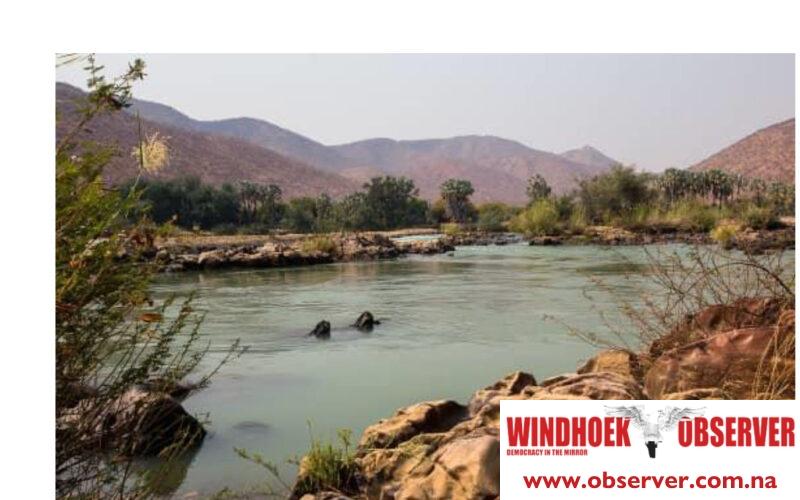Niël Terblanché
In a bold move to strengthen regional energy security and cooperation, Namibia and Angola are set to commence the much-anticipated Baynes hydroelectric project this year.
The announcement follows a bilateral meeting between Namibia’s Minister of Mines and Energy, Tom Alweendo, and his Angolan counterpart, João Baptista Borges, held at the Lauca Hydroelectric Dam on 3 June.
The 881MW Baynes Binational Hydro Power Project, strategically located on the Lower Kunene River along the Namibia-Angola border, represents a breakthrough in regional energy collaboration.
The meeting between the two energy ministers builds on discussions from a virtual meeting held on 20 November 2023 to analyse the project’s progress and strategic importance for both nations as well as the wider Southern African Development Community (SADC).
The Baynes hydroelectric project has a long development history, with feasibility studies first commissioned in 2008 and completed in 2014.
The project’s initial capacity was planned to deliver 600MW, but recent developments have seen this capacity increase to 878MW.
The dam will be situated approximately 200 kilometres downstream of the Ruacana Hydroelectric Power Station and 48 kilometres downstream of Epupa Falls.
The Baynes project aims to generate and share clean energy equally between Namibia and Angola, reducing both countries’ reliance on electricity imports.
The project involves constructing a 200-meter-high rockfill dam with a concrete face, creating a reservoir that will permanently flood an area of 19 km², with a maximum inundation of 57 square kilometres.
In a joint communique, both ministers expressed satisfaction with the progress of key studies and assessments, highlighting the project’s regional significance.
The completion of the Angola-Namibia Transmission Interconnection (ANNA Interconnection) is essential for integrating Angola into the SADC regional power trading platform.
This interconnection will not only enhance regional energy security but also provide additional export routes for excess power from the Kwanza and Kunene River basins.
The ministers resolved to establish a Joint Baynes Implementation Unit and a joint bank account to manage project finances, with both governments committing to annual budget allocations.
They also approved the Updated Techno-Economic Feasibility Study Report of 2023 and the development of an additional 21MW regulating dam downstream from the main dam.
The ministers announced the construction of temporary road access from Tombwa – Garota Nova via Moimba, set to begin in July, and added this action represents Angola’s commitment to advancing the project’s infrastructure needs.
The Baynes hydroelectric project is poised to transform the energy landscape of both Namibia and Angola, contributing to sustainable industrial and economic development.
The project’s successful implementation will enhance regional energy integration, drive economic growth, and foster greater cooperation between member states of the SADC.




